In prehistoric times, people in Europe mainly ate raw plant parts, wild vegetables and fruit. With the advent of hunting and fishing, meat, fish and seafood enriched the diet. Methods such as salting, smoking or drying helped to preserve food and to store it for lean times. It was not until modern times that many ways of preserving food were developed, including pasteurization. The pasteurization process is best known for foods such as dairy products or beverages.
What happens? And what are the advantages and disadvantages of pasteurization? How does pasteurization affect kombucha? You will find the answers to these questions in this article.

These methods preserve food
Pasteurize
The easiest way to extend the shelf life of food is to heat treat it. Harmful microorganisms or pathogenic bacteria such as salmonella are killed. This is how products are gently preserved. However, pasteurized foods do not have an unlimited shelf life, as they are not germ-free, but only low in germs. This method extends the shelf life, but also deprives the food of nutrients that we can use for our health.
During pasteurization, the food is heated to a temperature of at least 60 °C for a short time (from a few seconds to a few minutes). The core temperature of the pasteurization varies depending on the process - but never reaches 100 °C. The pasteurization process was named after its developer, the French chemist Louis Pasteur. In the middle of the 19th century he recognized that brief heating rendered germs harmless and foodstuffs could be kept for longer.
Many types of cheese are z. B. made from pasteurized milk; others from raw milk.
Sterilizing and UHT
Heating above 100 °C is sterilization. After this heat treatment, food can be stored much longer. However, this method means a loss of flavor and nutrients . The difference between "ultra high temperature" and "sterilized" milk lies in the heating process and thus also in the best before date of the unopened packs.
Ultra-high temperature milk, so-called UHT milk, is briefly heated to at least 135 °C and filled in an aseptic manner. It can be kept closed for at least six to eight weeks .
Sterile milk is heated to around 110 °C for 20 to 30 minutes. It can be kept closed for up to a year . The process is used much less frequently because the loss of vitamins is much higher than with UHT milk. It is also inferior to UHT milk in terms of taste. There is no provision for labeling the sterilization. You can only assume this because of the long shelf life of pasteurized milk.
Homogenize
During homogenization, particles of different sizes are reduced in a liquid - this allows them to be better combined. For example, homogenization prevents a layer of cream from forming on top of the milk. In this process, the milk is pressed through a fine nozzle at high pressure. The contained milk fat breaks up into tiny globules and is distributed homogeneously (evenly) in the milk liquid . Homogenization is often used in combination with pasteurization, sterilization or UHT.

Ferment
Fermentation is a biological form of preserving food. Another advantage of the fermentation process is the formation of probiotics, healthy yeasts and acids, as well as many other nutrients.
About a third of our food comes from fermentation . This includes, for example , bread, fermented milk, meat and pickled vegetable products such as sauerkraut or kimchi, kombucha, or alcoholic beverages such as beer and spirits . The advantages of fermentation include the formation of aroma and flavor compounds, the breakdown of harmful ingredients and the extension of shelf life. The principle: Organic substances are converted into acids, gases or alcohol. The raw material's own enzymes and microorganisms - such as bacteria or yeast fungi - are used for this.
SPLITZUM SHOP, /collections/kombuchaENDSPLIT
Which foods are pasteurized?
Pasteurization is suitable for liquid foods. This process is best known for milk and milk products . But liquid eggs, fruit and vegetable juices, fruit preserves and prepared meals are also subjected to such a heat treatment. Pasteurization is often combined with other preservation methods. In the case of beverages, for example, this is done by lowering the pH value and using airtight packaging that protects against light. As long as these are not opened, additional cooling is not required. Examples of this are fruit and vegetable juices or other drinks such as lemonades or kombucha .
Pasteurized Kombucha vs. Raw Kombucha
When it comes to making kombucha, there is a significant difference. Some producers use the pasteurization process to make kombucha last longer . The kombucha is heated up and harmful bacteria are killed. But not only the unwanted bacteria die in this process: the healthy microorganisms of the Kombucha culture are also killed. In this way the kombucha loses its healthy probiotic effect.
In contrast to this is the raw production of kombucha . There is no pasteurization and instead only Scoby particles are filtered out of the finished Kombucha to slow down further fermentation. The shelf life of raw kombucha is significantly shorter, but it is still alive and contains the valuable microorganisms that ensure the healthy effect.
To avoid the problem of pasteurization and ensure that the kombucha you drink is alive and contains valuable microorganisms, simply make it yourself .
SPLITZUM SHOP, /collections/kombuchaENDSPLIT
Conclusion: Pasteurization is largely superfluous for a healthy diet . In today's transportation economy, it is possible to buy and eat most food fresh. 90 to 99 percent of the microorganisms are killed. As described in a few articles before this one, many bacterial strains are essential for our intestinal health and thus for our immune system. Unpasteurized kombucha gives us these bacteria and many other nutrients. However, I don't want to demonize pasteurization. After all, it also enables the enjoyment and storage of food in moderation, which may not primarily provide us with all the nutrients, but is still something fine for the soul.
Sound Health!

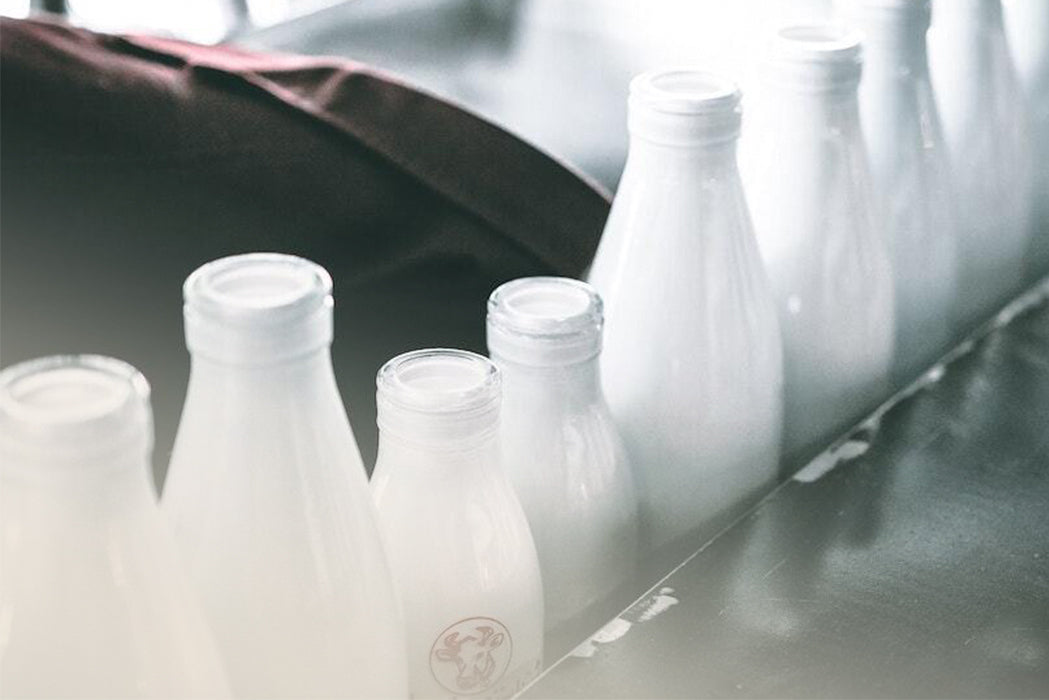




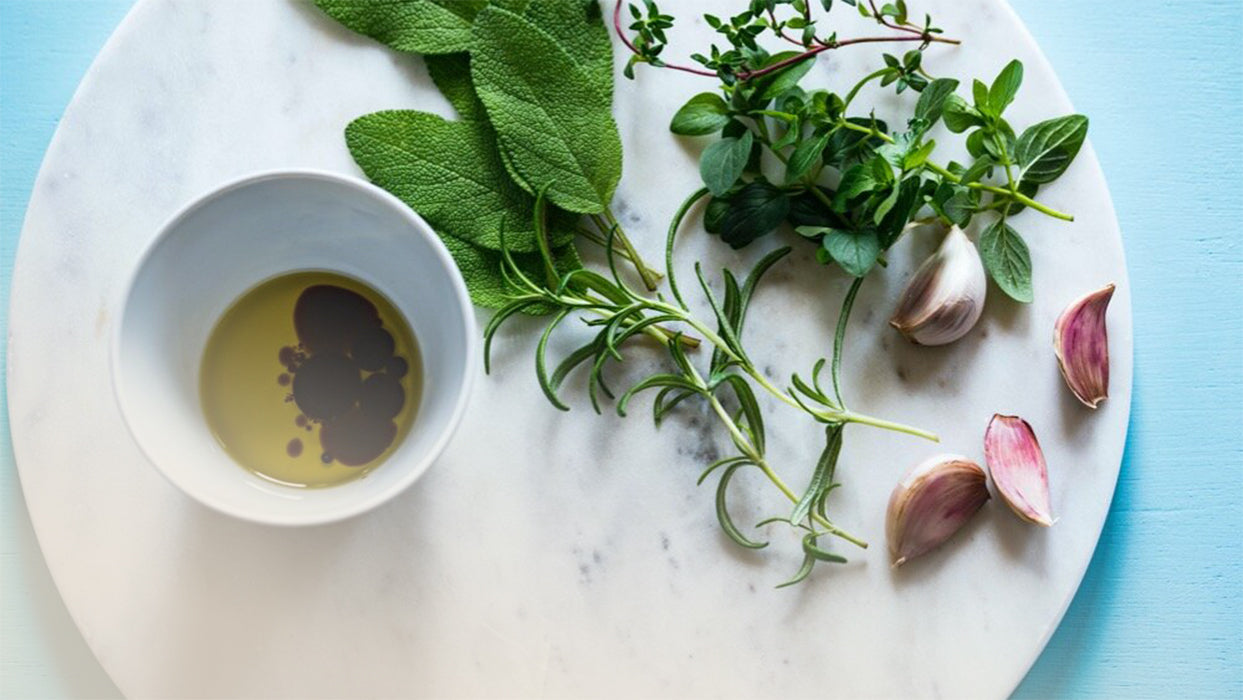

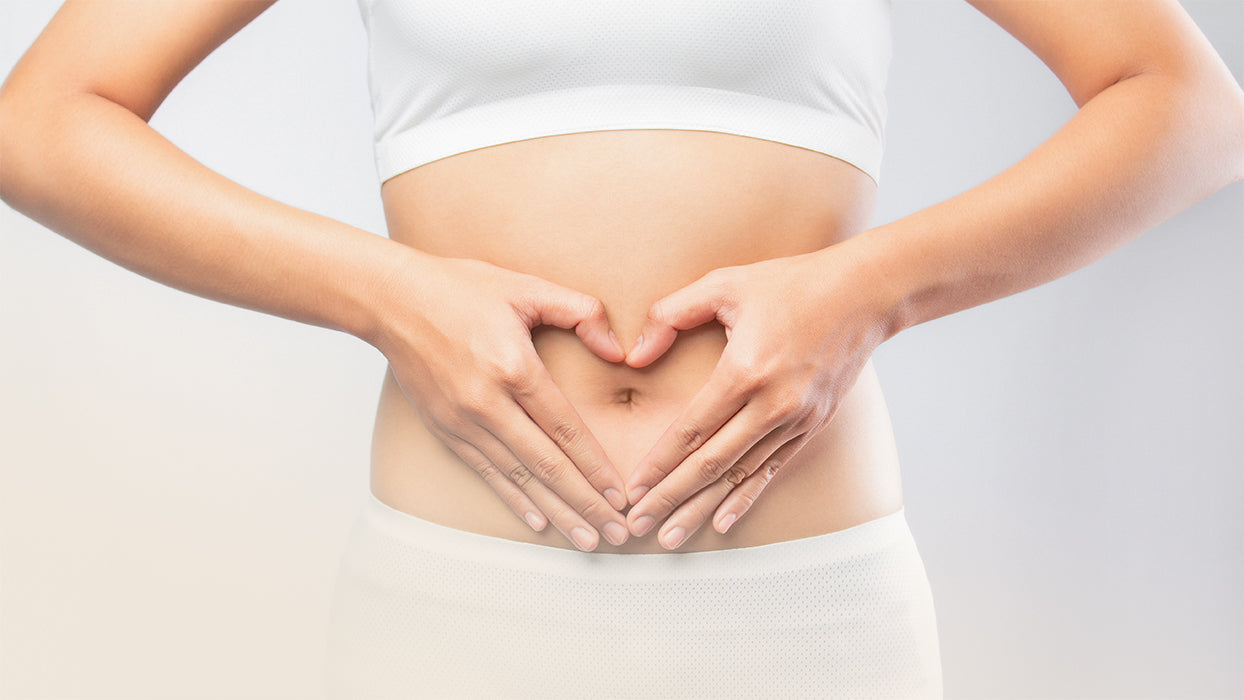
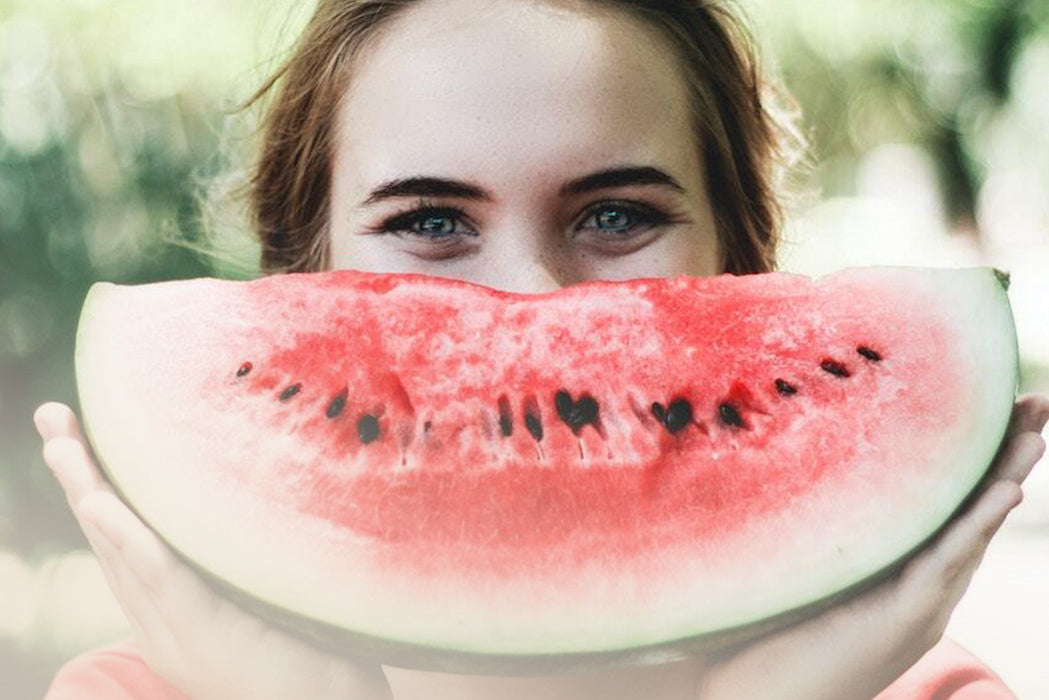
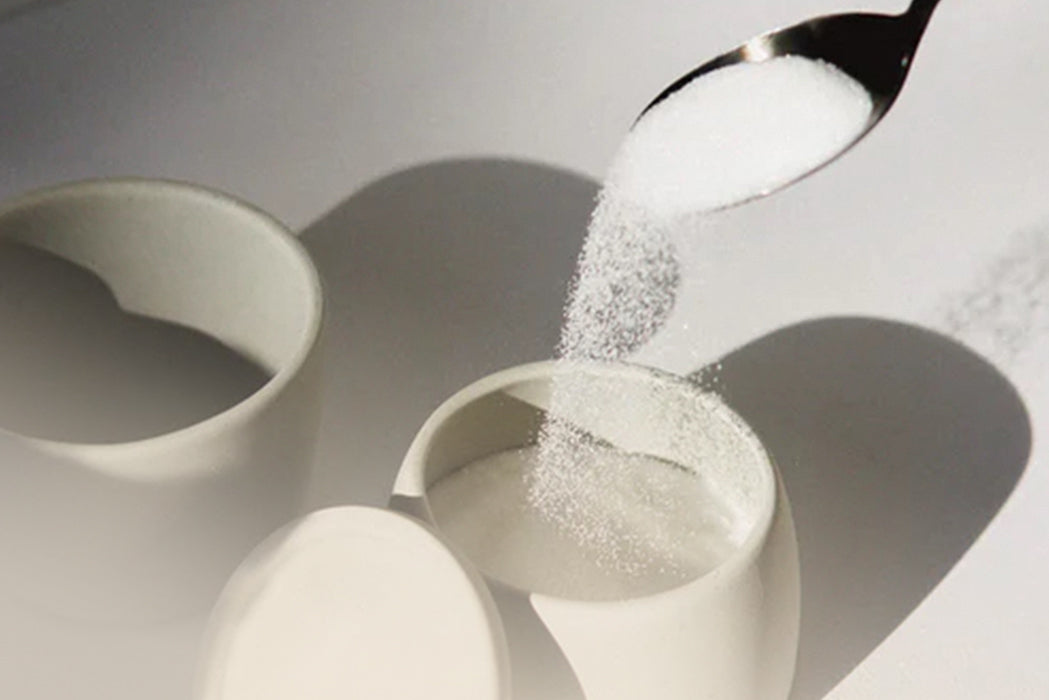
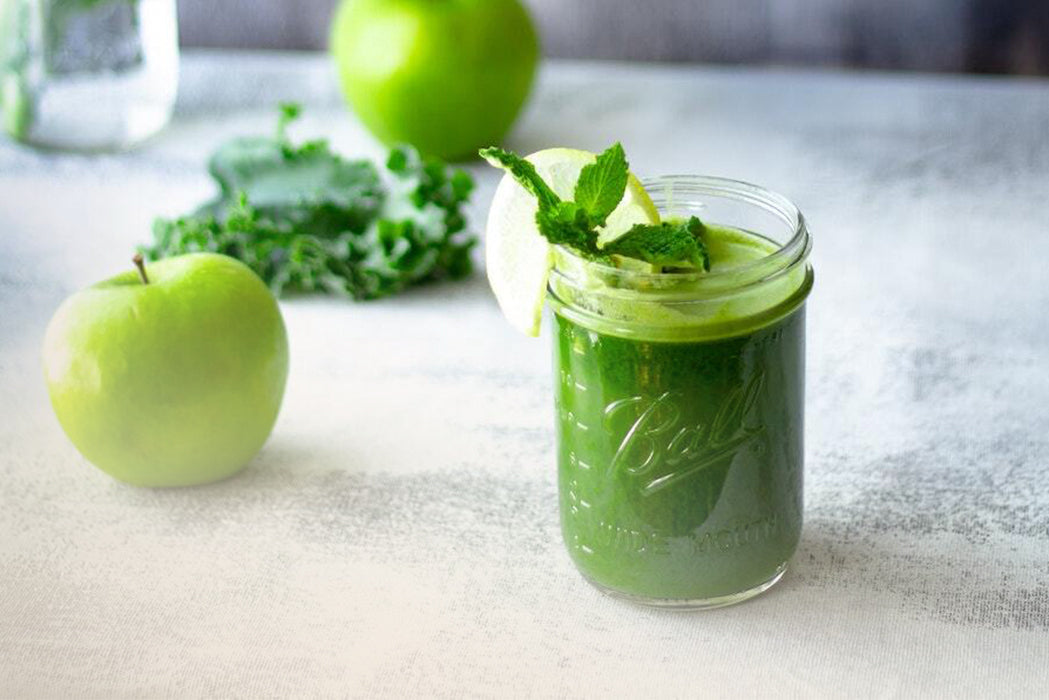
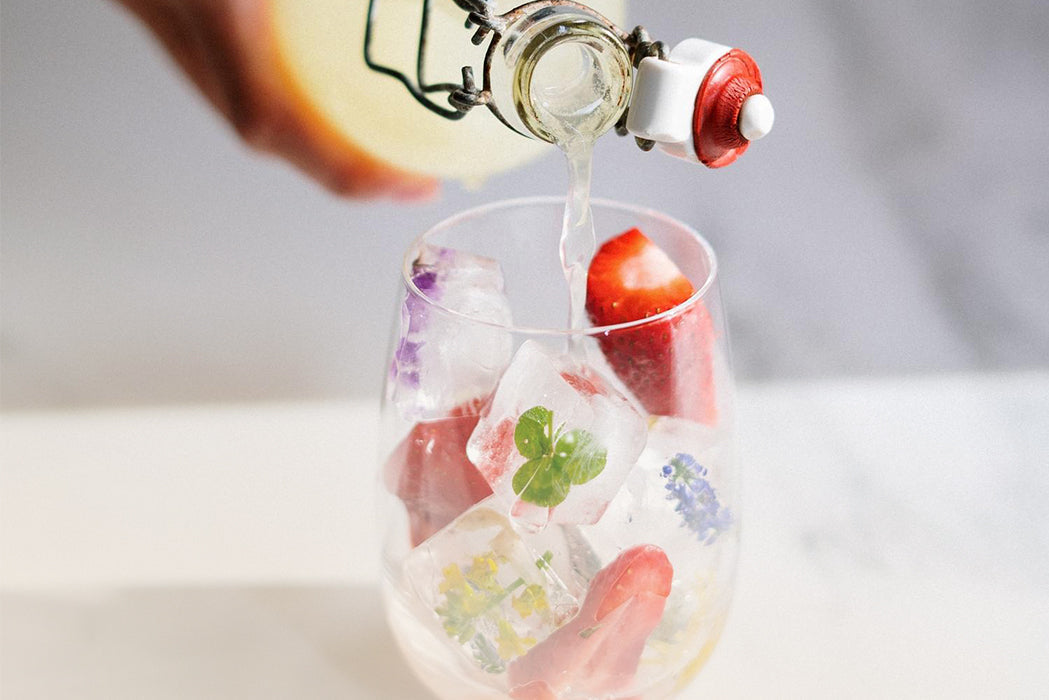
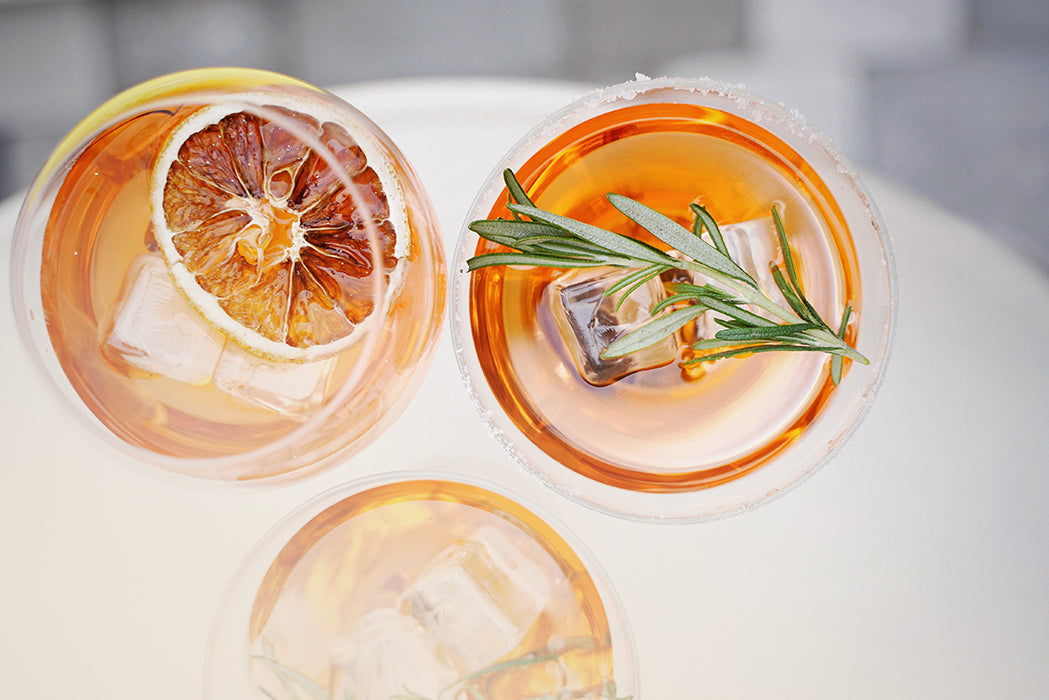
Teilen:
2 comments
Hallo liebe Malena, unser Kombucha ist immer roh und unpasteurisiert – also mit aktiven Mikroorganismen & Nährstoffen.
Hallo,
vielen Dank für den informativen Artikel.
Ist euer kombucha-Getränk nun pasteurisiert oder nicht? Oder nur gefiltert?
Danke vorab für die Antwort!